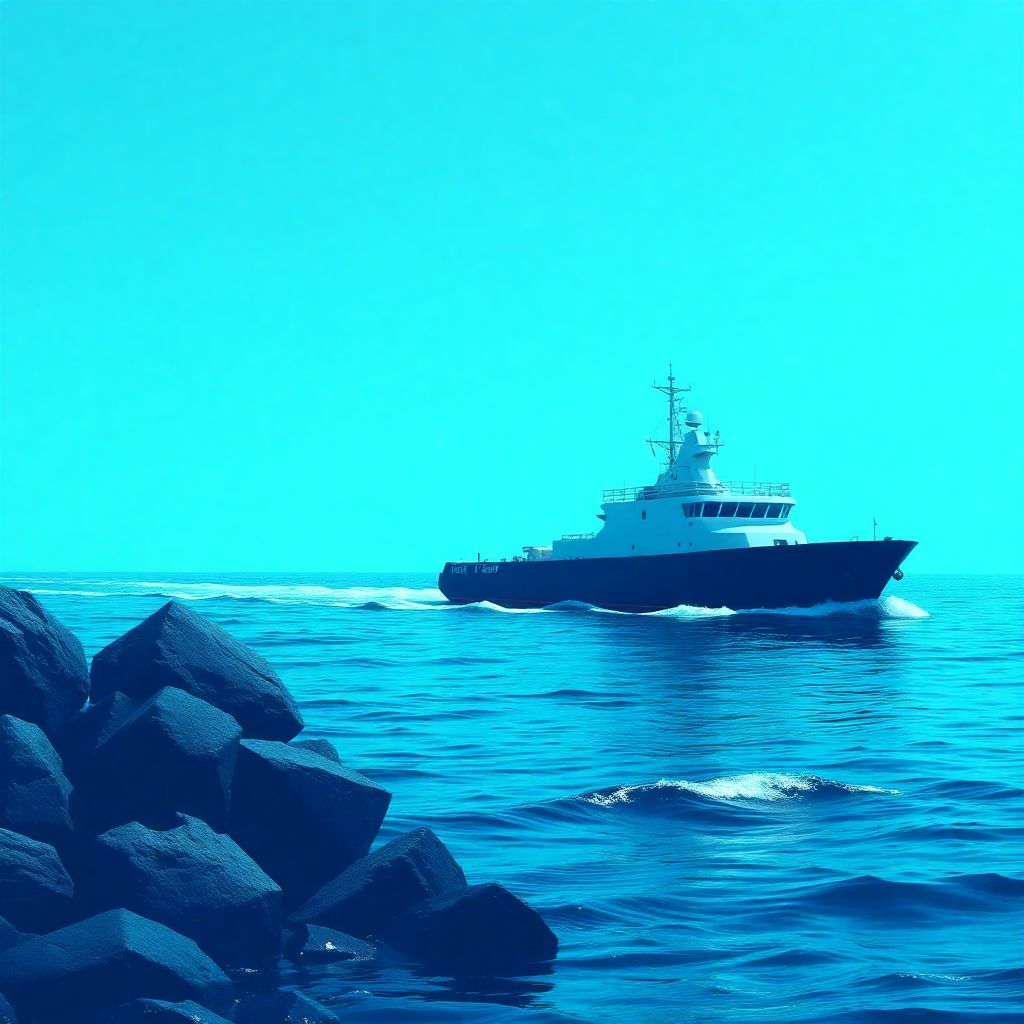🌊 OpenSea Confirms SEA Token Launch for Q1 2026 — What You Need to Know
After prolonged speculation and community anticipation, OpenSea has officially announced that its long-awaited native token, SEA, will launch in the first quarter of 2026. This strategic shift marks a significant departure for the NFT marketplace, which has until now resisted the trend of launching platform-specific tokens despite mounting pressure from both users and competitors.
CEO Devin Finzer revealed the news on Friday, stating that the platform had generated $2.6 billion in trading volume over the past month. However, he acknowledged a critical reality: more than 90% of that volume is now happening off-platform, on rival marketplaces or aggregators. This has evidently accelerated OpenSea’s readiness to embrace a token model as a way to regain momentum and user loyalty.
Why the SEA Token Matters
The SEA token represents more than just a new asset in the crypto ecosystem — it could redefine how OpenSea engages with its users, creators, and traders. With Web3 platforms increasingly relying on token-based incentive structures to reward participation, OpenSea’s move signals its intent to stay relevant in a rapidly evolving NFT landscape.
Although details remain scarce, SEA is expected to play a pivotal role in incentivizing user activity, potentially through trading rewards, staking mechanisms, or governance rights. It’s also likely that early adopters — especially users active during OpenSea’s peak in 2021 — will be rewarded in some form, possibly through an airdrop or retroactive distribution model. This aligns with industry trends set by platforms like Blur and LooksRare, which have used tokens to build user loyalty and liquidity.
A Strategic Pivot Under Competitive Pressure
OpenSea’s delayed entry into tokenization was once seen as a virtue — a commitment to product over hype. But with newer marketplaces like Blur capturing market share through aggressive token incentives, OpenSea’s dominance has eroded. In response, the company has begun to rethink its strategy, and SEA is now central to that recalibration.
Finzer’s mention of the $2.6 billion trading volume — with most of it happening off-site — underscores a growing urgency. OpenSea can no longer afford to be token-agnostic if it wants to stay competitive in the NFT space. SEA is not merely a token; it’s a tool for retention, engagement, and decentralization.
What Could SEA Look Like?
Though OpenSea has not yet published a whitepaper or detailed roadmap for SEA, we can infer several possibilities based on market norms and OpenSea’s current challenges:
– Governance utility: SEA holders might gain voting rights over platform decisions, such as fee structures, curation policies, and development priorities.
– Trading incentives: Users could earn SEA for listing, buying, or selling NFTs, similar to how Blur rewards trading activity.
– Creator rewards: Artists and collections that drive significant volume may receive SEA allocations, fostering creator loyalty.
– Staking functionality: SEA might be used in staking pools to earn rewards or unlock premium features.
Potential Airdrop — Who Will Qualify?
Given the current market climate, many speculate that SEA will be distributed via a large-scale airdrop targeting OpenSea’s most active historical users. Those who traded NFTs during the 2021 bull run, when OpenSea was at its peak, are expected to be among the biggest beneficiaries. However, current users who continue to engage with the platform may also be eligible, especially if OpenSea implements a point-based system to track user activity in the lead-up to the launch.
Users eager to position themselves for a possible airdrop should consider increasing their activity on the platform — buying, selling, and listing NFTs, as well as interacting with new features OpenSea may roll out in the coming months.
A Sign of Maturity for OpenSea
The decision to launch SEA comes at a time when the NFT market is evolving from speculative mania to more sustainable use cases. OpenSea’s token could help the platform reassert itself as the leading NFT marketplace by offering a more integrated, rewarding user experience.
By delaying SEA, OpenSea has had time to observe what worked — and what didn’t — for its competitors. This could allow it to avoid the pitfalls of premature token launches, such as inflationary supply models or unsustainable yield farming. Instead, OpenSea might opt for a carefully structured token economy designed for long-term utility rather than short-term hype.
Market Reactions and Expectations
The community’s response to the SEA announcement has been mixed — some praise OpenSea for finally taking action, while others criticize the long wait until Q1 2026. However, the extended timeline may be a deliberate move to ensure a robust and secure launch. It also gives OpenSea time to engage with stakeholders, test token mechanics, and educate users.
As the launch date approaches, industry watchers expect OpenSea to release more detailed information on the SEA token’s functionality, distribution plans, and integration into the platform’s core services.
What’s Next for OpenSea?
Here’s what to keep an eye on over the coming months:
– Whitelist campaigns or activity tracking tools to determine airdrop eligibility
– Beta versions of token-related features, such as trading incentives or governance forums
– Partnerships with NFT collections to promote SEA adoption
– Community feedback mechanisms to shape the final structure of the token
Final Thoughts
The announcement of the SEA token marks a new era for OpenSea and could reinvigorate its position in a highly competitive NFT market. While the token won’t arrive until early 2026, the implications are already rippling through the Web3 space. For users, creators, and investors alike, now is the time to start positioning for what could be one of the most significant NFT token launches in recent memory.

